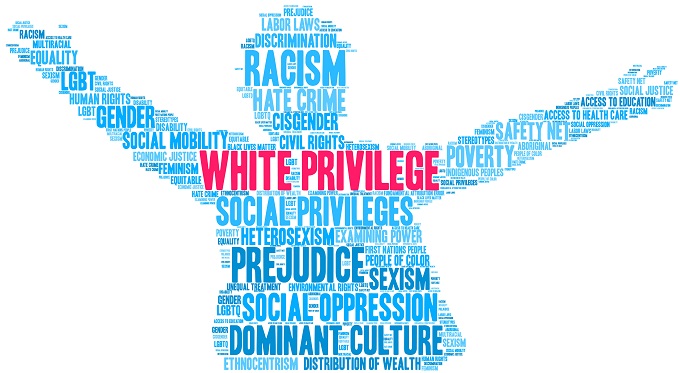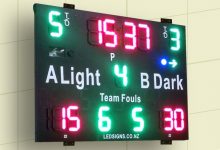
In October, the Ministry of Education launched Te Hurihanganui in six communities across the nation, with a $42 million commitment to support those communities for three years.
Read our new Term 4 issue online today!
Ellen MacGregor-Reid, Deputy Secretary, Early Learning and Student Achievement at the Ministry of Education, said Te Hurihanganui will support communities to work together to address racism and inequity so they can accelerate the achievement and wellbeing of ākonga Māori and their whānau.
“What works in communities will then be built back into the education system so that we see transformative shift for all ākonga Māori and their whānau throughout the education system,” Ms MacGregor-Reid said.
Racial inequality and bias in New Zealand’s education system is well-documented. A UNICEF study ranked New Zealand 33rd out of 38 OECD and EU countries in terms of educational equality with further analysis revealing Māori and Pasifika students were disproportionately represented in the children who underachieved.
Professor Mere Berryman, who chaired the team which developed Te Hurihanganui, has been quoted as saying New Zealand’s education system has under-served Māori learners for a long time.
Prof Berryman said many of the factors which contribute to this underperformance stem from the racism and bias inherent in the education system. She said other factors include negative bias in teacher judgements, low expectations of ākonga Māori, devaluing mātauranga Māori and te ao Māori, and poor knowledge of and access to te reo Māori.
Ms MacGregor-Reid admitted discrimination was an issue in New Zealand schools, saying they do not operate in isolation from society.
“We all know racism exists in New Zealand, and many students experience it,” she said.
“We acknowledge there is discrimination and unconscious bias in our education system which we are working hard to change.”
Ms Macgregor-Reid pointed to the Education and Training Act 2020, which came into effect in August, as a symbol of change. The Act states that one of the primary objectives of a board in governing a school is to ensure the school takes all reasonable steps to eliminate racism, stigma, bullying, and any other forms of discrimination within the school.
The Ministry also has a suite of strategies and programs designed to address the inequality in place which schools and educators can access.
These include Ka Hikitia – The Māori Education Strategy – and Tau Mai Te Reo – the Māori Language in Education Strategy. Both documents highlight the need for equity for Māori students across the education system and provide examples of how this can be achieved.
The Action Plan for Pacific Education, which commits to confronting systemic racism and discrimination in education, also offers guidance for schools and educators.
Another issue which has been identified in the fight against the inequality and bias in New Zealand schools is a glaring imbalance between the number of Māori and New Zealand European/Pakeha teachers.
Research shows students of colour benefit from being taught by people who look like them with the students experiencing a more positive sense of their own ethnic and racial identities, yet existing figures highlight an imbalance between students and teachers who identify as Maori and their NZ European/Pakeha counterparts
Only about 10 percent of New Zealand teachers identify as Māori and almost 60 percent as NZ European/Pakeha but almost 25 percent of the nation’s 815,000 school students are Māori and 50 percent are NZ European/Pakeha.
Existing strategies in place to address this imbalance are showing some positive signs, with the number of Maori teachers in New Zealand classrooms last year up 366 on 2018 but Ms Macgregor-Reid said getting more Māori teachers into classrooms is a “priority”.
To that end, pathways have been put in place, including providing employment-based Initial Teacher Education (ITE) which allows people to work and learn at the same time and financial support for those studying while about 60 per cent of the 2020 allotment of TeachNZ scholarships were offered to students who identified as Māori.
There is also a range of actions available to support existing teachers to increase their cultural capability, from the development of high-level strategies to specific initiatives and programs in schools.
Examples of initiatives include
- The Māori Achievement Collaborative which provides leadership support and facilitated networks for principals to challenge racism.
- Tautai o le Moana which provides leadership support and facilitated networks for leaders of Pasifika learners.
- Te Ahu o te Reo Māori which aims to grow and strengthen the ability of teachers, support staff and school leaders to use te reo Māori in their teaching practice.
There are also two cultural competency frameworks in place, Tataiako for Māori learners and Tapasā for Pacific learners. These are designed to support culturally responsive practices that are beneficial to all learners.
A common goal of these initiatives is to develop critical consciousness amongst teachers so they are able to recognise diversity of identities, including culture, gender, sexuality and ability and take action to amplify the views of those students and their communities who may have been marginalised.









